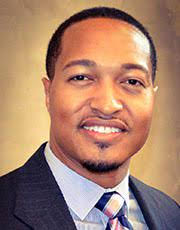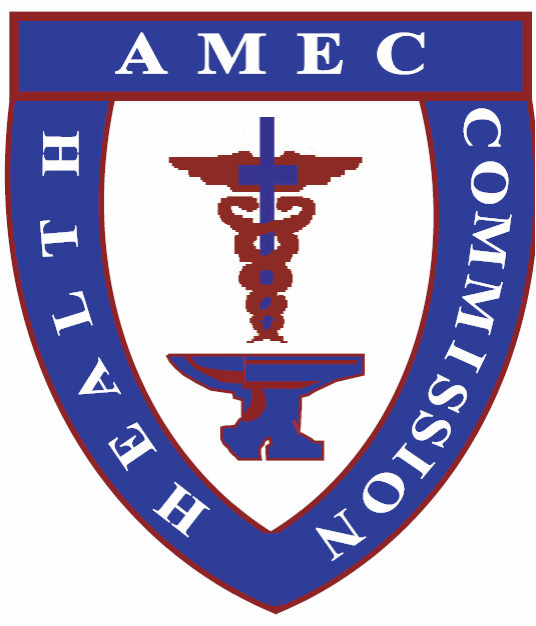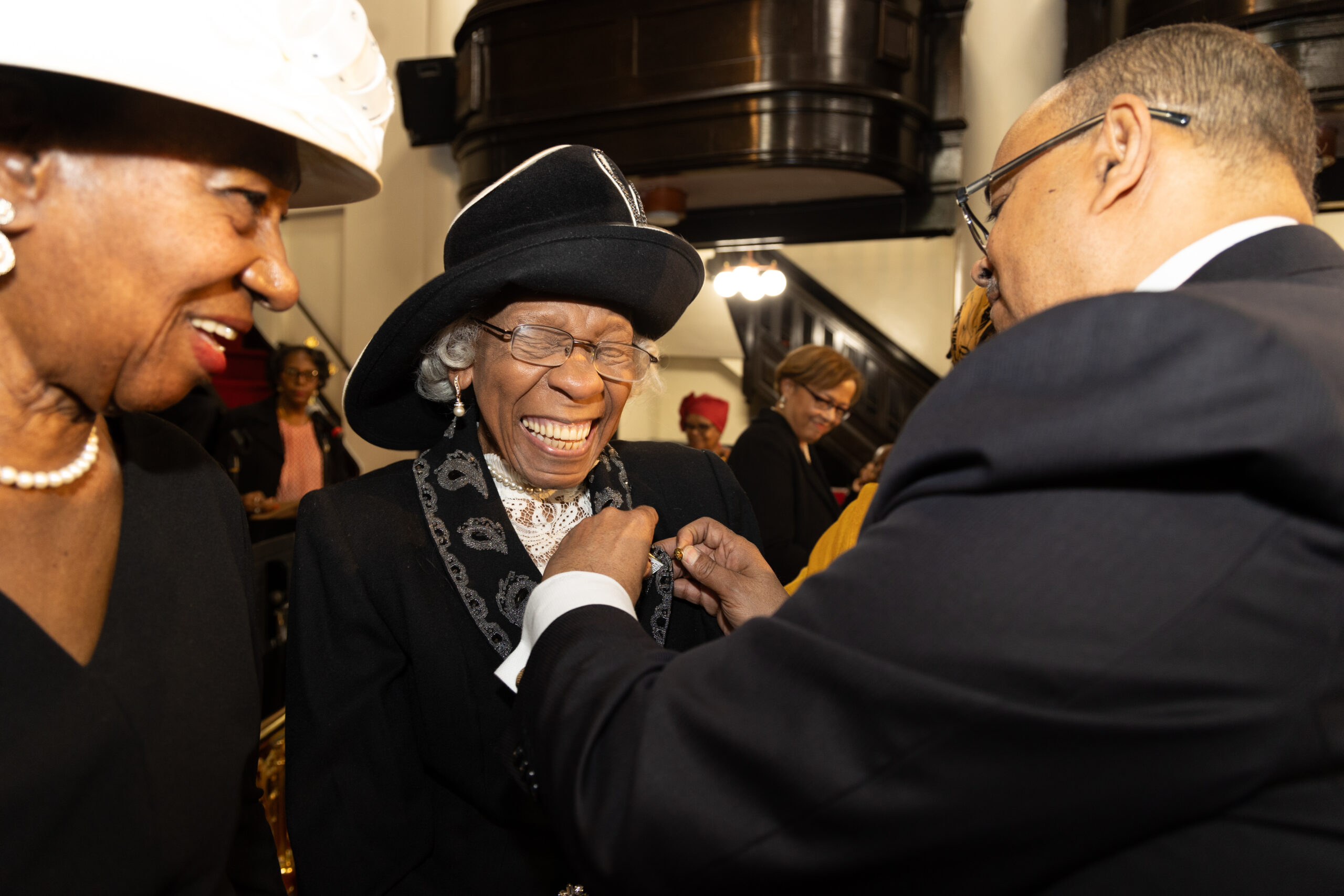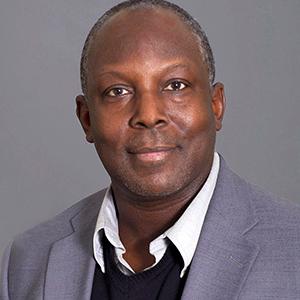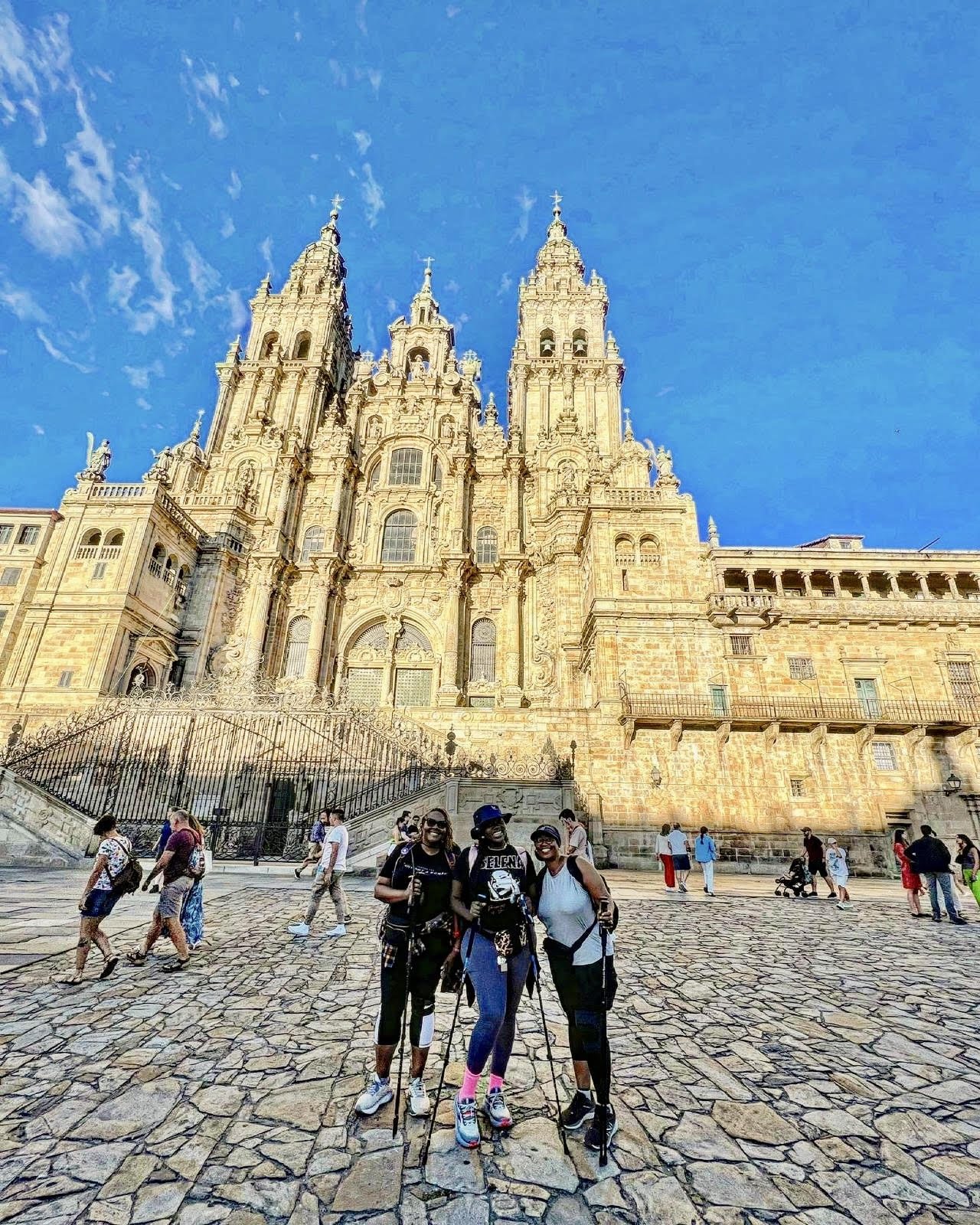To Which “Black America” Is the Church Ministering?
By Jason D. Thompson, Ph.D.
In 1976, U.S. President Gerald Ford declared the week-long celebration of “Negro History Week” as Black History Month in homage to Carter G. Woodson and the Association for the Study of African American Life and History (Scott, n.d.). This expansion was made to honor the all-too-frequently overlooked achievements of Black Americans throughout our nation’s history in every field of endeavor. Nearly 50 years later, congregations continue to spend the month of February highlighting the more than 400-year-long history of Black life in the U.S. while simultaneously committing to fight against systemic issues that greatly affect Black and Brown people. As we reflect on the hopeful takeaways we might extract from Black History Month, we must ask ourselves, “What do we need to do differently?”
In the book Disintegration: The Splintering of Black America (2010), Eugene Robinson, a Pulitzer-Prize-winningcolumnist, writes a searing comment in the first chapter, titled “‘Black America’ Doesn’t Live Here Anymore.” Instead of one Black America, Robinson argues that now there are four:
- a Mainstream middle-class majority with a full ownership stake in American society;
- a large, Abandoned minority with less hope of escaping poverty and dysfunction than at any time since Reconstruction’s crushing end;
- a small Transcendent elite with such enormous wealth, power, and influence that even white folks have to genuflect; (and),
- two newly Emergent groups—individuals of mixed-race heritage and communities of recent black immigrants—that make us wonder what “black” is even supposed to mean.
Demography, geography, and psychology separate these four black Americas in increasingly distinct ways. They have different profiles, different mindsets, and different hopes, fears, and dreams. There are times and places where we all still come back together—on the increasingly rare occasions when we feel lumped together, defined, and threatened solely based on skin color, usually involving some high-profile instance of bald-faced discrimination or injustice, and in venues like “urban” or black-oriented radio, which serves as a kind of speed-of-light grapevine. More and more, however, we lead separate lives. And where these distinct “nations” rub against one another, there are sparks.
Robinson’s observation struck a deep chord with me because it made me wonder which of these “black Americas” the church—the AME Church in general and individual congregations in particular—is ministering to. Which “Black America” comes to our churches and shares and participates in our ministry? What we do here each week or at our gatherings impacts which “Black America”? To which “Black America” are we relevant or matter—or are we largely ignored as a once viable but now anachronistic institution, useful only for people who have been, as one colleague put it, hatched (born), matched (married), or dispatched (died)?
To get the right answer, you need to ask the right question. There may, in fact, appear to be more questions than answers. In any event, if we are to minister to the wide spectrum of members in our church and communities, we need to carefully consider the purposes and objectives of our ministry and the individuals it serves. We do not always agree on the aims of church ministry or how we should act as a church, but I agree with Amanda Williams, a professional architect, and artist from Chicago, that our values show up in the things we choose to care for, maintain, and focus on.
References
Robinson, E. (2010). Disintegration: The splintering of black America. Anchor Press.
Williams, A. (2017). The color)ed theory suite [Exhibition]. Museum of Contemporary Art,
Chicago, IL.
Scott, D. M. (n.d.). The origins of black history month. Association for the Study of African
American Life and History. https://asalh.org/about-us/about-black-history-month/
The Rev. Jason D. Thompson, Ph.D., is the pastor of Sacramento’s Historic St. Andrews AME Church, the Pacific Coast’s oldest African-American congregation. Additionally, he is the Ducree-Turner Scholar in Candler’s School of Theology at Emory University.

